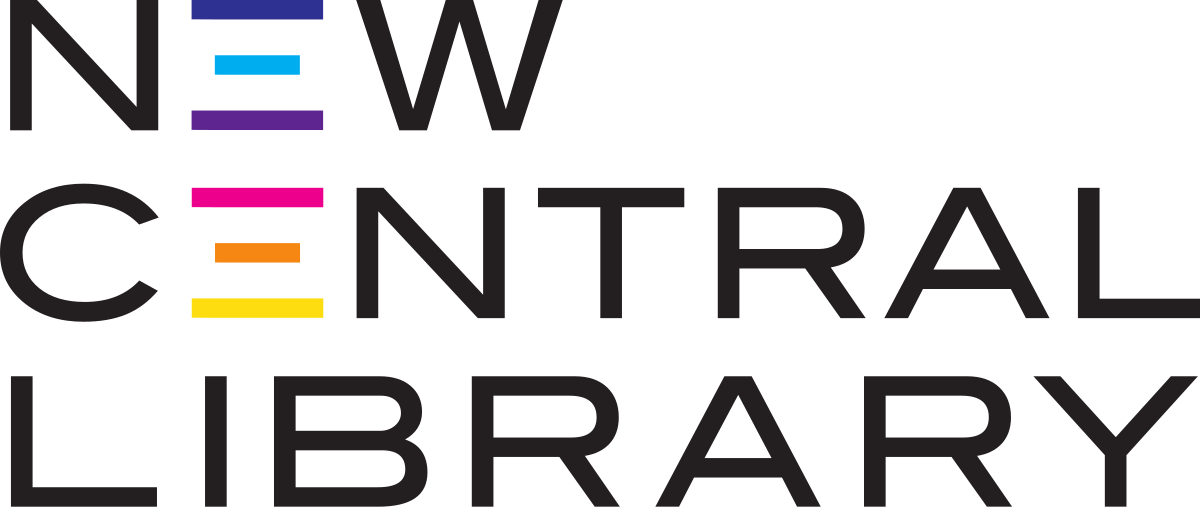What is soap chemistry?
Soap is a mixture of sodium salts of various naturally occurring fatty acids. Soap is produced by a saponification or basic hydrolysis reaction of a fat or oil. Currently, sodium carbonate or sodium hydroxide is used to neutralize the fatty acid and convert it to the salt.
What is the chemical formula for soap?
C17H35COO
What Is the Chemical Formula for Soap. For centuries, humans have known the basic recipe for soap — it is a reaction between fats and a strong base. The exact chemical formula is C17H35COO- plus a metal cation, either Na+ or K+. The final molecule is called sodium stearate and is a type of salt.
What is soap in organic chemistry?
Illustrated Glossary of Organic Chemistry – Soap. Soap: A fatty acid salt. In general use the term has come to mean any cleaning product. Sodium stearate (the sodium salt of stearic acid; the reaction product shown in blue) can be formed by saponification of glycerol tristearate with aqueous sodium hydroxide.
What is soap in chemistry example?
Soap is a sodium salt or potassium salt of many combinations of fatty acids having cleansing action in water. Some of the examples are: Sodium stearate, sodium oliate and sodium palmitate formed using stearic acid oleic acid and palmitic acid. The soaps contain fats and oils.
Why is soap chemistry related?
Soaps are chemically classified as salts of fatty acids because of the presence of an ionic, or polar head, and a nonpolar glyceride tail. The head is composed of positively charged sodium ions and negatively charged oxygen ions, while the tail is a fatty chain.
What branch of chemistry is soap in?
Branches of Chemistry with Examples
| Branches of Chemistry | Branches of Chemistry Real Life Examples |
|---|---|
| Organic Chemistry | Washing detergents, Plastics, Hair dyes |
| Inorganic Chemistry | Floor cleaner, Soap |
| Physical Chemistry | Water boiling, Water freezing |
| Analytical Chemistry | Water and Soil Testing |
How is soap used in everyday life?
Soap is a salt of a fatty acid used in a variety of cleansing and lubricating products. In a domestic setting, soaps are surfactants usually used for washing, bathing, and other types of housekeeping. In industrial settings, soaps are used as thickeners, components of some lubricants, and precursors to catalysts.
How is soap related to chemistry?
What is the science behind soap?
The science behind soap making is in the structure of the fats, the properties of the lye, and the chemical reaction that produces cleaning molecules. Not only is it a process that uses science, but it’s also just a fun activity to make your own soap with the properties that you want.
What are the soap’s chemical properties?
Soap is made from a combination of fatty acids and alkalis. Both animal and vegetable oil fats are used in the manufacture of soap. ADVERTISEMENTS:
What is the chemistry behind soap?
Soap is a chemical compound resulting from the reaction of an alkali (commonly sodium or potassium hydroxide) with a fatty acid.
What are the chemical components of soap?
Chemical Name of soap: Soaps are sodium and potassium salts of long chain fatty acids containing 12 to 18 carbon atoms.
